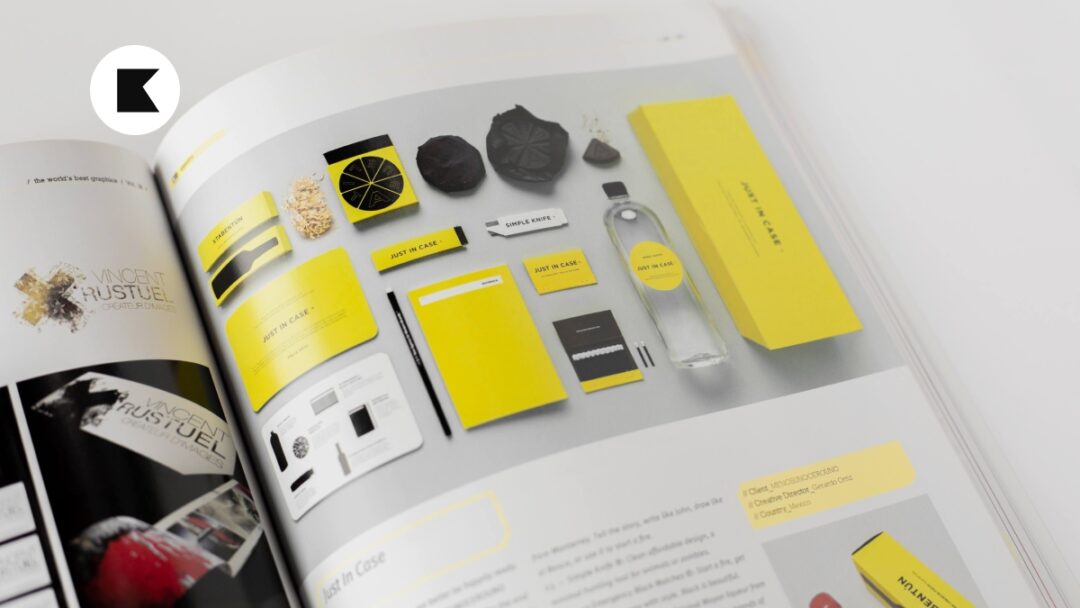Hey, what’s up!
User Experience (UX) design isn’t just for apps and websites anymore. As our world becomes more interconnected, the principles of UX are being applied far beyond screens, influencing everything from customer service to overall experience design. We’ll dive into how we can take the core ideas of UX and apply them to create better, more seamless experiences in our daily lives and businesses.
1. Understanding UX Beyond Digital
When we think of UX, we often picture sleek app interfaces or intuitive website navigation. However, UX is fundamentally about how users interact with a product or service, aiming to make these interactions as smooth and enjoyable as possible. This concept can be extended to any customer interaction, whether it’s in a retail store, a hotel, or even over the phone.
2. Empathy in Experience Design
One of the cornerstones of UX is empathy. Understanding the needs, desires, and pain points of your users is crucial. In service design, this means considering every touchpoint a customer has with your business. For example, how easy is it for them to get help when they need it? Are your service reps empowered to solve problems efficiently? Mapping out these touchpoints and optimizing them for user satisfaction is a game-changer.
3. Consistency is Key
Consistency is another critical aspect of UX that can be applied to service design. Users crave predictability. When a brand delivers a consistent experience, it builds trust and loyalty. This means having a uniform approach across all platforms and touchpoints, whether online or offline. Think about how Apple stores provide a consistent look, feel, and level of service worldwide.
4. Feedback Loops
Great UX design involves constant iteration based on user feedback. This same principle can enhance service design. Encouraging and acting on customer feedback helps improve the overall experience. This can be as simple as follow-up emails after a service interaction, or more complex systems like feedback apps or customer surveys. The key is to listen and adapt.
5. Personalization and Customization
In the digital world, personalization is a big deal – think about how Netflix recommends shows based on your viewing habits. This approach can be applied to service design as well. By collecting data on customer preferences and behaviors, businesses can tailor their services to individual needs, making each customer feel valued and understood.
6. Seamless Integration
UX is all about creating seamless experiences. In service design, this means ensuring that all aspects of your service are interconnected and work smoothly together. For instance, if a customer starts a service request online, they should be able to pick up where they left off when they call your customer support. This requires good communication and integration across different service channels.
The Roundup
Applying UX principles to service and experience design can transform the way customers interact with your brand. By focusing on empathy, consistency, feedback, personalization, and seamless integration, you can create experiences that not only meet but exceed customer expectations.
As always, thanks for reading. Keep learning, keep growing!
Love My Newsletters? Work With Me
Do you love reading my newsletters? Perhaps we could work together? Here are 3 ways that I can help you.
1. Weekly Newsletter
Every Monday morning you’ll receive the popular KJDADA Newsletter. You’ll get 1 actionable tip on how to design, launch, grow and monetize products that people love.
2. Online Coaching
Let’s navigate your product management journey together through online coaching sessions and a personalized roadmap. I’ll guide you efficiently from A-to-Z while helping you deliver impactful products to the market with confidence.
3. Product Management
At times, your team’s internal resources may be limited in specialist product areas. Partner with me and collectively as a team we can unlock a broader and richer spectrum of product possibilities.





